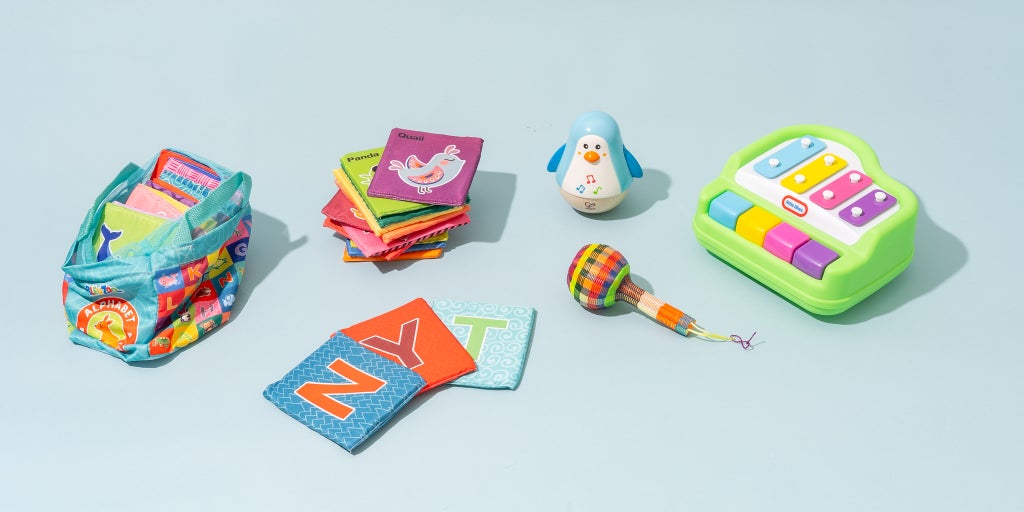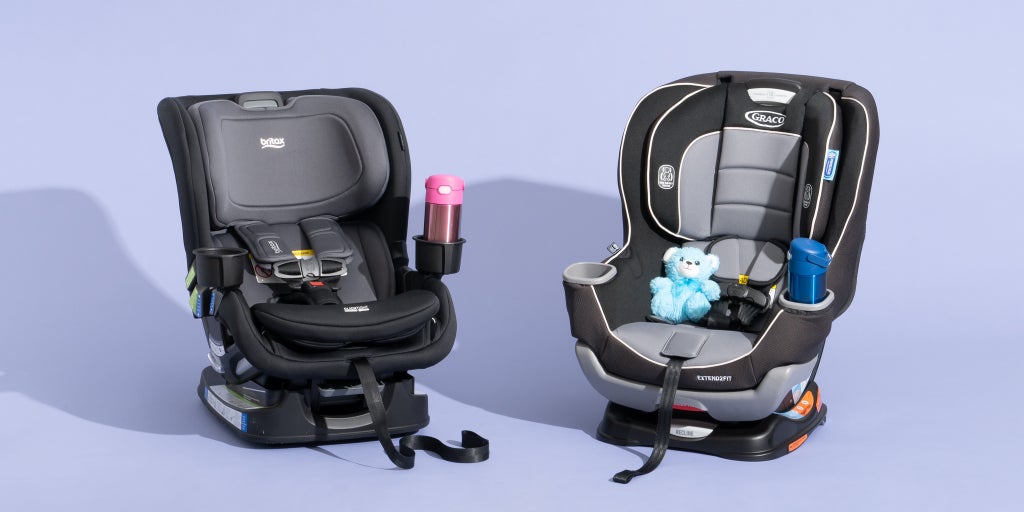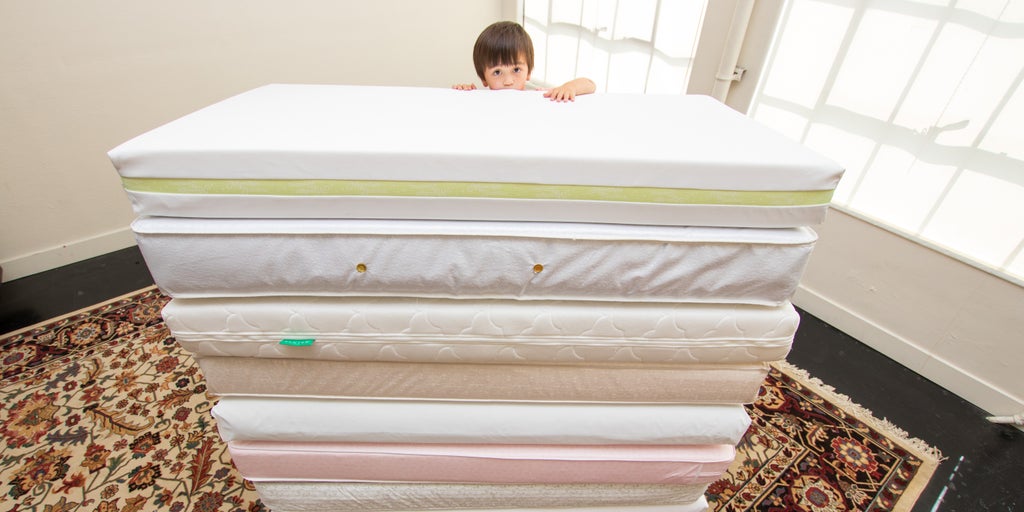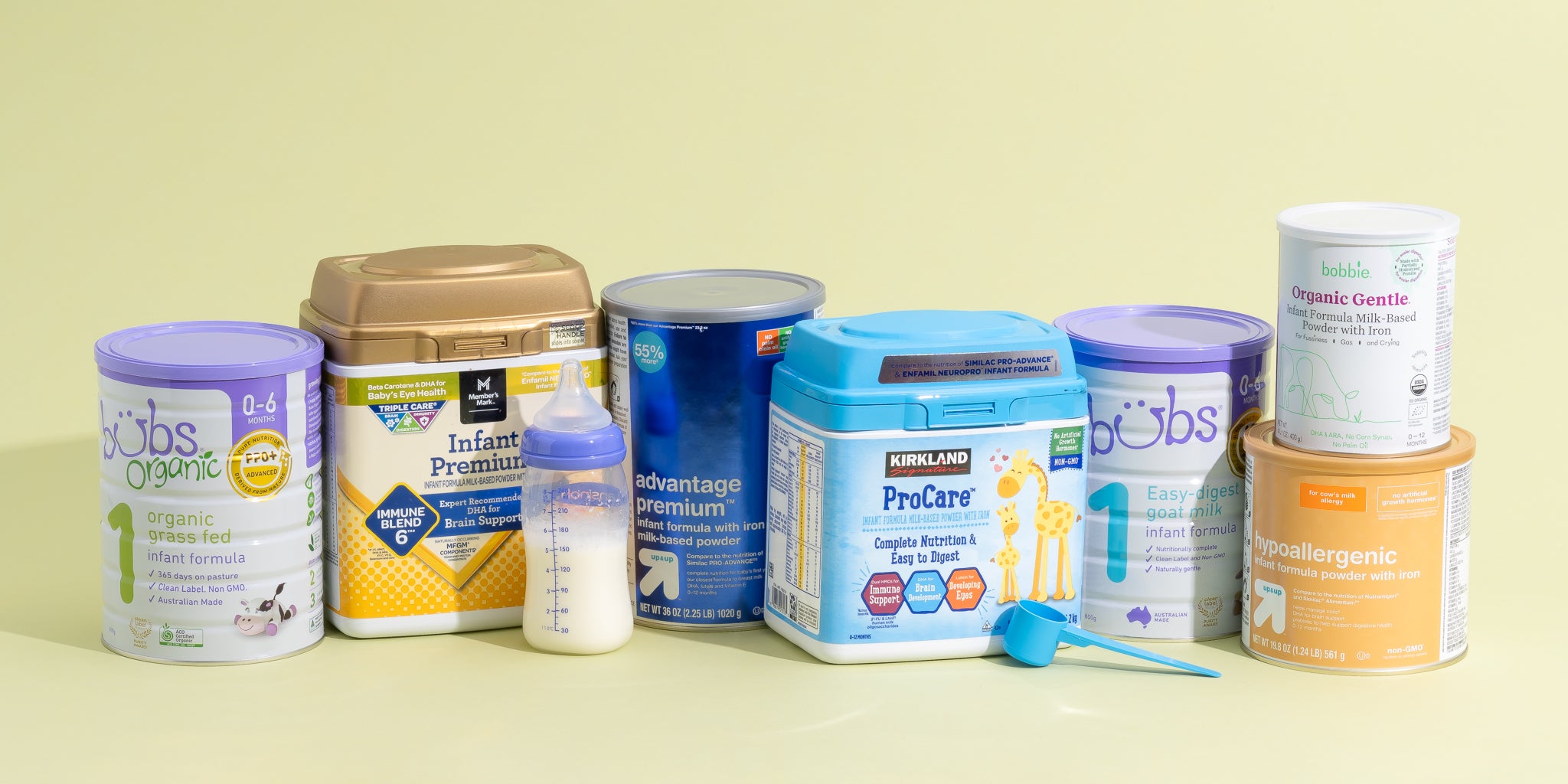When you’re increasing a kid with a special needs or a complex medical problem, you require to embrace a new state of mind when it pertains to cultivating their advancement and finding the right tools to sustain it.
In 2018, my child was identified with an uncommon hereditary deletion that triggers a variety of developing hold-ups. Over and over once more, physicians would certainly ask me if she had reached this or that turning point. Each time, I responded to emphatically: no. I struggled to square her “failure” on these examinations with the strong, pleased baby I held in my arms.
After that I found a blog site composed by the mother of a youngster with epilepsy. The author’s slogan of “taking life one inchstone at a time” made a lot sense. A switch turned. The trajectory for my daughter is still onward– it just takes place at a various speed, and in smaller actions.
” We don’t use landmarks,” said Marybeth Finch, MSPT, a physical therapist and infant growth expert at UCSF Benioff Children’s Healthcare facility in Oakland, The golden state, that works with a developmental program for children and kids with intellectual and handicaps and their caregivers. “We’re educated to make use of playthings as devices– that’s what divides us from a common playgroup,” she discussed. “We break youngster growth down into several actions, tiny pieces of huge landmarks.”
When it involves constructing your own plaything toolbox, what should remain in it? After dozens of visits with professionals; thousands of hours in physical treatment, job-related treatment, and speech and language therapy; and years of trial and error, I’m sharing several of our favorite toys, video games, and equipment. A few of the referrals are from Wirecutter’s guides to the very best presents for children, some are from the bags of specialists, and others are toys I have actually found on my very own that engage and thrill my little girl (and, often, my normally creating child).
Experts often team infant and child advancement into various “domain names,” such as gross motor skills, great motor abilities, cognition, communication, self-help, and emotional variety. The toys and equipment in this guide cover most of these locations. Yet the most vital thing, Finch reminded me, is to consider each private youngster’s personality. “They’re children initially. You can turn up with the very best laid strategy, however the initial rule of the toy is they require to like it.”
A flawlessly distinctive, lightweight rattle
Small maraca rattle ($ 10 at the time of publication).
Several wood or plastic “infant” rattles are as well heavy for some children and kids to hold. Weighing in at a quarter of an ounce, this brightly tinted, woven maraca is pure magic. A physical therapist introduced it to my 8-month-old little girl by scrubing the mild ridges across her palm; the maraca was the very first object she held on her own. The single bell inside provides simply the right amount of acoustic and tactile comments. And its primary-color scheme is vibrant sufficient to trigger intrigue from throughout the floor.
VTech Spin & Discover Ferris Wheel (about $16 at the time of magazine).
When my little girl was 9 months old, she enjoyed this ferris wheel rewriter– a “treatment youngster” favorite– right now. Also a mild rub of the animal-shaped levers results in an energetic and gratifying try. The pets are big sufficient to push with a hand, which is a vital– and hard-to-find– function in playthings for children that are working on their finger control and pincer grasp. A solitary switch controls both power and quantity, and the rewriter comes equipped with a suction-cup base, so you can attach it safely to a table or the floor. As I compose this, the appealing song is playing in my head. You might locate on your own singing it in your rest.
A music toy for developing finger control.
Little Tikes Tap-A-Tune Piano Infant Plaything ($ 15 at the time of publication).
Most plaything piano keys are as well slim for children that are working on their great electric motor skills, particularly kids who are still transitioning from adjusting objects with their hands or a “pad” of several fingers to utilizing a solitary reminder finger. And if a kid considers a toy as well daunting or aggravating, they might give up on it completely. My daughter had little rate of interest in dabble buttons or secrets up until I uncovered one with broad, square switches, like the traditional Little Tikes Tap-A-Tune. It’s likewise great for children with photosensitivity.
A properly designed classic.
Playskool Play Favorites Busy Poppin’ Buddies (regarding $23 at the time of publication).
Playskool’s Busy Poppin’ Friends, a preferred from Wirecutter’s overview to the most effective gifts for 1-year-olds, has actually been around considering that 1980. Today’s version is made from thick, sturdy plastic and has been upgraded with a brilliant shade combination. Its button, handle, and levers suit a variety of fine motor skills– from comprehending with the hand to multi-finger or pointer-finger manipulation– so this toy delights children in a series of ages and abilities. The tension and audio impacts developed into the controls are, I’ll venture to say, ideal. With every press, spin, or flick, a corresponding cute pet turns up with a crisp snap. Pushing them pull back is just as gratifying, cuing a sense of finality and accomplishment.
Flashcards you can throw in the clean.
TEYTOY Zoo Collection Alphabet Cards ($ 20 at the time of publication).
With the advice of my child’s speech and language therapist, I used flashcards to establish the foundation for communication. When I held one up, I waited for my little girl’s non-verbal hints– eye contact, a smile, a hand wave– and afterwards I talked the letter or word on the card. Aside from developing this kind of shared interest, flashcards motivated my little girl to sit up straight and build her trunk toughness. These soft alphabet cards are recommended in Wirecutter’s overview to the best gifts for 1-year-olds, and I have a similar collection (now inaccessible). Both include a lugging situation with drawstring closure, and, even better, they’re machine-washable. Long after my little girl chomped the corners off the typical cardstock variations, our set of soft, washable alphabet cards stays in near-perfect condition. They’re thick and lightweight, too, which means she can pick them up on her very own.
A fun and helpful wiggle seat.
MOLUK Bilibo ($ 37 at the time of publication).
I initially spotted a pile of Bilibos in my boy’s preschool classroom. They were offered for youngsters with ADHD– or for any 5-year-old feeling extra-wiggly– to help them concentrate throughout circle time on the floor. My child started work treatment when she was 8 months old and recovering from surgical treatment. The first several sessions were testing for her, so the specialist ensured to begin with a task she appreciated. The specialist positioned the Bilibo on the floor, and, as my daughter reclined in it, provided it a few mild twirls. The Bilibo became her favored warmup, pass on. Constructed from stiff plastic, the concave seat cupped her body so she can kick back and relish the experience of weightlessness. She still likes a periodic twirl and (more generally these days) when her older brother uses it on his go to countless rounds of peek-a-boo. The Bilibo also comes in a miniature size, which can be used as a water plaything, a sand shovel, or a cap for a favored stuffed animal.




